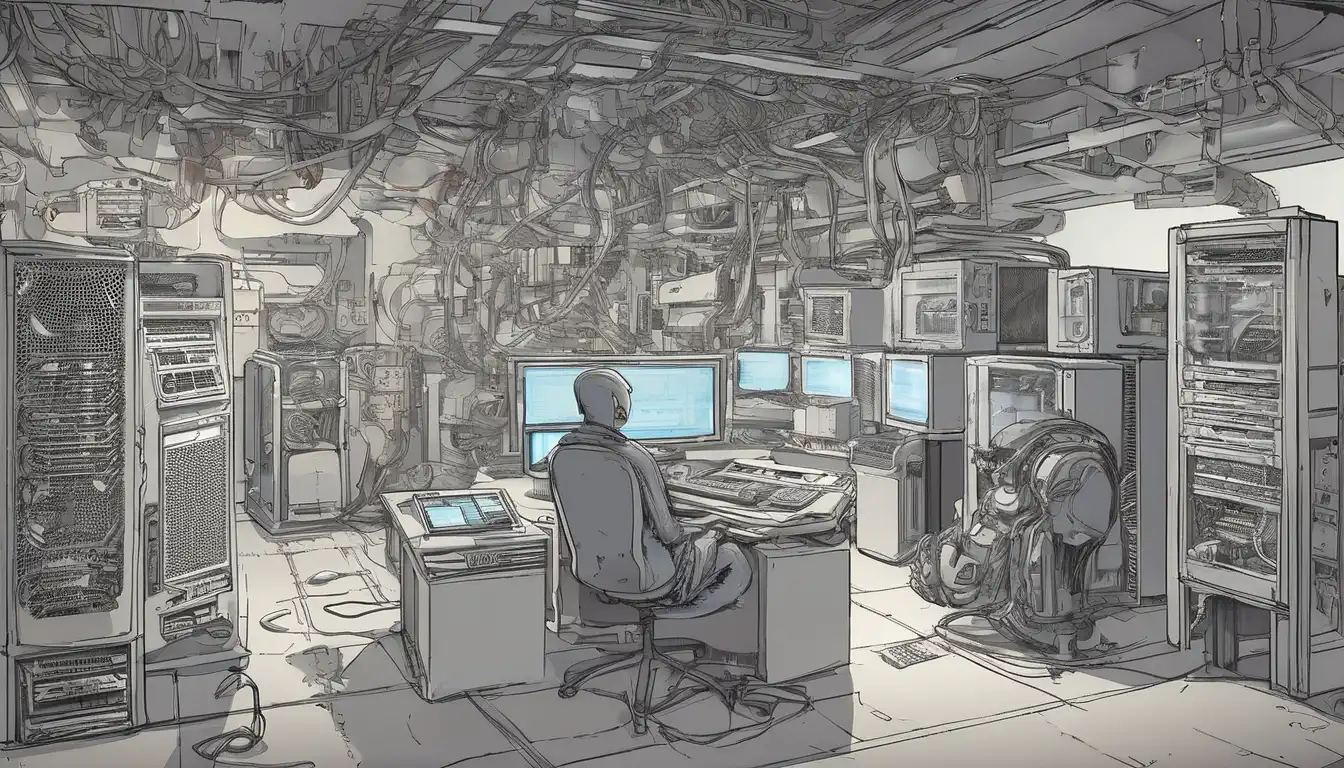Introduction to Computer Component Selection
Building your own computer can be an incredibly rewarding experience, but choosing the right components is crucial for optimal performance and value. Whether you're a first-time builder or an experienced enthusiast, understanding how to select compatible and appropriate parts will ensure your system meets your specific needs. This guide will walk you through the essential considerations for each major component.
Understanding Your Needs and Budget
Before diving into specific components, it's essential to define your primary use case and budget. Are you building a gaming rig, a workstation for content creation, or an everyday productivity machine? Your intended usage will significantly influence your component choices. For gaming, you'll want to prioritize the graphics card, while content creation systems benefit from more RAM and faster processors. Always establish a realistic budget early in the planning process to guide your component selections.
Processor (CPU) Selection
The CPU serves as the brain of your computer, handling all computational tasks. When choosing a processor, consider:
- Core Count and Threads: More cores generally mean better multitasking and performance in applications optimized for parallel processing
- Clock Speed: Higher GHz ratings typically indicate faster single-threaded performance
- Compatibility: Ensure the CPU matches your chosen motherboard socket type
- Integrated Graphics: Some CPUs include graphics capabilities, which can save money if you don't need a dedicated GPU
For most users, mid-range processors from Intel or AMD offer the best balance of performance and value. Check our CPU comparison guide for detailed recommendations based on different use cases.
Motherboard Considerations
Your motherboard determines compatibility with other components and provides the foundation for your build. Key factors include:
- Form Factor: ATX, micro-ATX, and mini-ITX determine physical size and expansion capabilities
- Chipset: Different chipsets offer varying features and compatibility levels
- RAM Slots and Speed Support: Ensure it supports your desired memory type and capacity
- Connectivity: Check for sufficient USB ports, storage connectors, and expansion slots
Don't overspend on unnecessary motherboard features you won't use, but don't cheap out on this critical component either.
Memory (RAM) Requirements
Random Access Memory affects how many applications you can run simultaneously and how quickly they respond. Consider these factors:
- Capacity: 16GB is the sweet spot for most users, while 32GB benefits content creators and heavy multitaskers
- Speed: Faster RAM can improve performance in certain applications
- Timings: Lower latency numbers generally indicate better performance
- Dual-Channel Configuration: Using two identical RAM sticks typically provides better performance than a single stick
For gaming systems, focus on capacity first, then speed. Our RAM selection tips provide more detailed guidance for different scenarios.
Graphics Card (GPU) Choices
The GPU is arguably the most important component for gaming and graphics-intensive applications. Key considerations include:
- Performance Tier: Match the GPU to your monitor's resolution and refresh rate
- VRAM: Higher resolution gaming requires more video memory
- Power Requirements: Ensure your power supply can handle the GPU's demands
- Physical Size: Verify the card will fit in your chosen case
Mid-range GPUs typically offer the best value for most gamers, while professionals may require workstation-grade cards.
Storage Solutions
Modern systems benefit from using multiple storage types for optimal performance:
- SSD (Solid State Drive): Essential for your operating system and frequently used applications
- NVMe Drives: Even faster than SATA SSDs for critical applications
- HDD (Hard Disk Drive): Cost-effective for mass storage of files and games
A combination of a fast NVMe SSD for your OS and a larger HDD for storage provides excellent performance and value.
Power Supply Unit (PSU) Selection
The PSU is often overlooked but critically important for system stability:
- Wattage: Calculate your system's total power needs and add 20-30% headroom
- Efficiency Rating: 80 Plus Bronze or better ensures energy efficiency
- Modularity: Modular PSUs reduce cable clutter and improve airflow
- Quality: Never skimp on PSU quality—it protects all your other components
Use online PSU calculators to estimate your power requirements accurately before making a purchase.
Case and Cooling Considerations
Your case houses all components and affects thermals and noise levels:
- Airflow: Look for cases with good ventilation and fan placement options
- Size Compatibility: Ensure the case fits your motherboard and GPU
- Cable Management: Good routing options improve airflow and aesthetics
- Cooling Solutions: Consider aftermarket CPU coolers for better thermal performance
Proper cooling extends component lifespan and maintains performance under load.
Putting It All Together
Once you've selected your components, use compatibility checking tools to ensure everything works together. Pay attention to physical dimensions, power requirements, and connectivity. Remember that building a PC is a balancing act—you may need to make trade-offs to stay within budget while achieving your performance goals.
For more detailed guidance on specific component combinations, check our PC build guides tailored to different budgets and use cases. Building your perfect computer starts with informed component selection, and with these guidelines, you're well on your way to creating a system that meets your exact needs.
